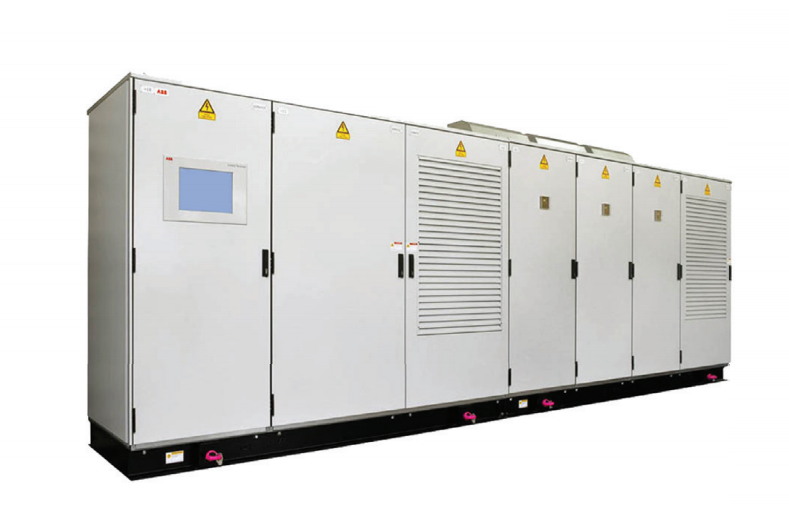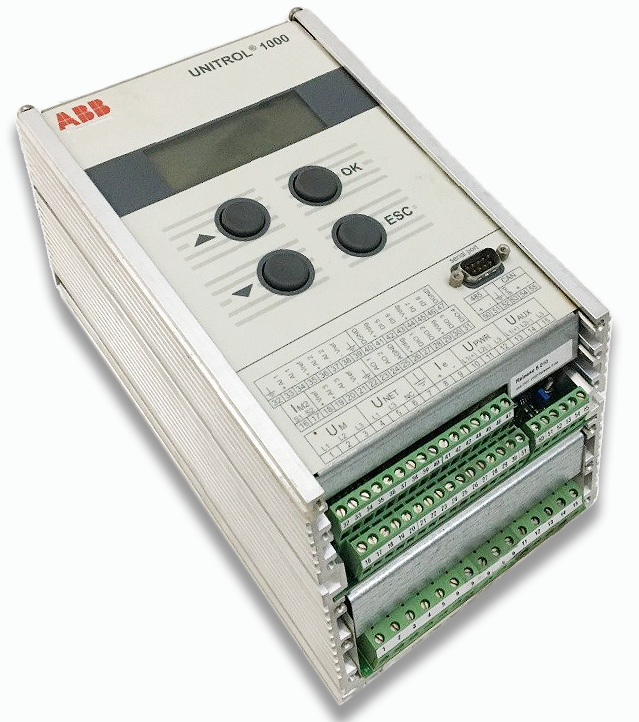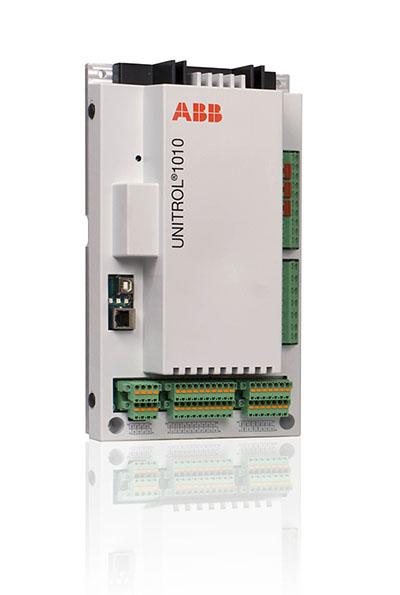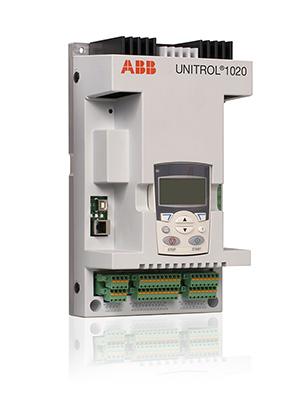EXCITATION CONTROL SYSTEM
Excitation is an important concept in physics, especially in the fields of electromagnetism and electrical engineering.
In simple terms, excitation is to provide direct current to the magnetic field windings of electromagnetic devices (such as generators, motors, transformers, etc.) to establish a magnetic field.
For example, in a generator, a direct current is supplied to the rotor windings through an excitation system to generate a magnetic field. When the rotor is rotated by the prime mover, AC electromotive force is induced in the stator winding to generate electricity.
In the motor, excitation also plays a key role. With proper excitation, the speed and torque of the motor can be controlled.
There are many ways of excitation, common DC excitation, AC excitation and permanent magnet excitation.
Dc excitation is the direct power supply to the field winding through the DC power supply; Ac excitation is the use of AC power supply after rectification treatment to supply power to the field winding; Permanent magnet excitation is the use of permanent magnets to generate magnetic fields, without the need for external power supply to provide excitation current.
In practical applications, the reasonable design and control of excitation system is very important to improve the performance and efficiency of electrical equipment. For example, in large power plants, precise excitation control can ensure the stability and quality of power output.

The industrial excitation control system is a critical system used to regulate and control the magnetic field strength and characteristics in industrial equipment.
It usually consists of the following main parts:
Excitation power supply: provides the required DC or AC power supply for the system. This may include rectifiers, inverters, and corresponding transformers to convert the input power supply into voltage and current suitable for the excitation winding.
Controller: This is the core part of the system, responsible for receiving various input signals such as equipment operating status, load conditions, grid parameters, etc., and calculating the required excitation current or voltage based on preset control strategies. The controller can be implemented using analog circuits, digital circuits, or microprocessors.
Measurement and feedback unit: used to monitor parameters such as excitation current, voltage, and magnetic field strength, and provide feedback to the controller. Common measurement sensors include current transformers, voltage transformers, Hall sensors, etc.
Protection and restriction function: Ensure that the system can operate safely in abnormal situations. For example, overcurrent protection, overvoltage protection, demagnetization protection, etc., to prevent equipment damage due to excitation faults.
Communication interface: for data exchange and remote monitoring with higher-level control systems or other devices.
In practical applications, industrial excitation control systems play the following important roles:
Improving equipment performance: By precise control of excitation, the output characteristics of motors, generators, and other equipment can be optimized, such as improving the speed stability and torque characteristics of motors, and enhancing the voltage regulation capability of generators.
Energy saving and efficiency improvement: dynamically adjust excitation according to load changes to avoid unnecessary energy consumption and improve equipment operating efficiency.
Enhancing system stability: In the power system, reasonable excitation control helps maintain voltage stability of the grid, improve transient stability and dynamic performance of the system.
The UNITROL 1000 series is ABB's brushless excitation system for synchronous motors with capacity from 100kVA to 80MVA


UNITROL 1010 is a powerful small indirect excitation system with built-in support for dual channels for advanced load distribution, rotating diode monitoring, automatic synchronization and multiple all-in-one communication options in parallel running units.

The UNITROL 1020 is a voltage regulator in the UNITROL1000 series designed for small and medium-sized synchronous generators and industrial equipment. The UNITROL 1020 combines performance control with a simply designed power circuit.
ABB excitation system UNITROL® family:
PC D230 3BHE022291R0101 CCM Communication Control Measurement
PC D231 B 3BHE025541R0101 CCI Converter Control Interface
PC D530 A102 CCM 3BHE041343R0102 Communication Control Measurement
UA D215 A101 15V, 500V 3BHE026284R0101 CSI Converter Signal Interface
UA D215 A102 15V, 1000V 3BHE026284R0102 CSI Converter Signal Interface
UA D215 A104 30V, 500V 3BHE026284R0104 CSI Converter Signal Interface for UNL14300
UA D215 A105 30V, 1000V 3BHE026284R0105 CSI Converter Signal Interface for UNL14300
UA D215 A106 30V, 1500V 3BHE026284R0106 CSI Converter Signal Interface for UNL14300
Adapter plate UA D215 to UA D209 3BHE051993R0001 CSI Adapter plate for UA D209
replacement with UA D215
PP D113 B01-20-111000 3BHE023784R2030 AC800PEC controller (FPGA Size 10K) 30M
PP D113 B01-23-111000 3BHE023784R2330 AC800PEC controller
(FPGA Size 10K) Profibus, 30M
PP D113 B01-26-111001 3BHE023784R2630 AC800PEC controller
(FPGA Size 10K) Modbus RTU, 30M
PP D113 B01-25-111001 3BHE023784R2530 AC800PEC controller
(FPGA Size 10K) Modbus TCP, 30M
.......